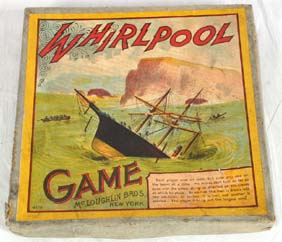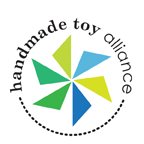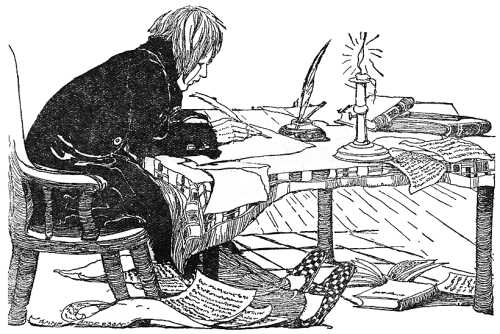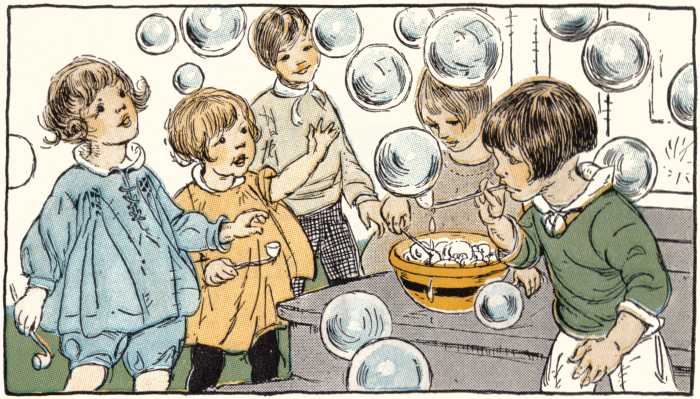
Clueless. Disgraceful. Grossly ill-informed. And cruelly hard-hearted toward families and businesses across the country that are facing economic ruin.
Yes, after months of silence, the editorialists of the New York Times have finally weighed in with their view of how CPSIA is going. How bad did you expect their editorial to be? It’s that bad, and worse.

In a six-paragraph editorial about toy safety, exactly one paragraph is spent informing readers that anything about the law might have aroused any public criticism. And here is that paragraph:
Unfortunately, the commission has yet to implement important aspects of the new law. The delay has caused confusion and allowed opponents to foment needless fears that the law could injure smaller enterprises like libraries, resale shops and handmade toy businesses.
Got that? “Confusion” about the law, and “delay” in implementing it, are the real problems. Fears that small business will be hurt are “needless” and are being “fomented” by presumably sinister opponents.
Or, put differently: anyone who imagines this law might be impractical for libraries, resale shops, handmade toy businesses, or other small businesses is just imagining things — fooled, perhaps, by misinformation spread by the law’s opponents.
Libraries are just imagining things if they listen to people like Emily Sheketoff, associate executive director of the American Library Association, who spoke to the press last month about the choices facing libraries if some sort of exemption could not be found. (“Either they take all the children’s books off the shelves,” she said, “or they ban children from the library.”) Or people like Chip Gibson, president and publisher of Random House Children’s Books, who spoke to Publisher’s Weekly about the prospective effects of the law: “This is a potential calamity like nothing I’ve ever seen. The implications are quite literally unimaginable. …It has to be stopped.” It’s true that the CPSC’s last-minute stay of enforcement did save the new-children’s-book trade from calamity — but remember, to the Times, “delay” has been one of the problems in implementing the law, not something that has (so far) spared us its worst effects.

Thrift stores are just imagining things if they listen to people like Adele Meyer, executive director of the National Association of Resale and Thrift Shops, who said, “The reality is that all this stuff will be dumped in the landfill.” They should ignore all the reports, no matter how numerous and from how many sources, of local Goodwill operations and other thrift stores’ closing children’s departments or sweeping more than half their contents off the shelves, and of kids’ resellers and consignment shops taking massive financial hits or closing down entirely. All of these episodes are either imaginary or, if conceded as real, an instance of overreaction to the needless fears those moustache-twirling opponents have “fomented”. (Some more thrift-store coverage not previously linked: North Carolina, Nebraska, Minnesota with Goodwill pic, upstate New York (“We can’t be sure of the risk unless we take everything off the shelf”), South Dakota, Colorado). They should also stop predicting that the pursuit of their charitable missions will suffer a major blow from the loss of children’s resale revenue, because that sort of thing just undermines morale.

Handmade toy businesses are just imagining things if they listen to anyone like the Handmade Toy Alliance. It’s not as if anyone like them is on its list of members.
The Times editorialists warn against “needless fears” that the law “could injure” smaller enterprises. Got that? Not only will they not be driven out of business, they won’t even be “injured”. So small enterprises from coast to coast are just imagining things if they plead desperately for places like the Times to notice that they have already closed down, or will have to do so in the foreseeable future, or have lost thousands of dollars in unsalable inventories. Motorbike dealerships around the country are just imagining things if they think they’re staring at massive losses from the inability to sell their products, even though news-side talent at the New York Times has in fact covered their story well — coverage which the editorial studiously ignores.
For as long as anyone can remember, the New York Times has unthinkingly taken its line on supposed consumer-safety issues from organized groups like Public Citizen and Consumers Union. In this case, the result of such reliance has been to render the nation’s leading newspaper a laughingstock.
Public domain image: Grandma’s Graphics, Ruth Mary Hallock.
(& welcome Virginia Postrel, Christopher Fountain, Patrick @ Popehat, Carter Wood/ShopFloor, Mike Cernovich, Katherine Mangu-Ward/Reason “Hit and Run”, Jonathan Adler @ Volokh Conspiracy, Memeorandum, Above the Law, Tim Sandefur, Mark Thompson/Donklephant, Alison Morris/Publisher’s Weekly Shelftalker blog, Jacob Grier, Amy Alkon/Advice Goddess, Joe Weisenthal/ClusterStock, Valerie Jacobsen/Bookroom Blog readers. And: Deputy Headmistress at Common Room, Faith in Truth, Amy Ridenour/National Center and NewsBusters, Charles Kuffler/Off the Kuff.)
And more: Forbes.com liked this piece and has now reprinted it in slightly altered form. And I’m particularly grateful to Robert Ambrogi/Legal Blog Watch for his generous coverage.
Filed under: CPSC, CPSIA, CPSIA and books, CPSIA and libraries, CPSIA and minibikes, CPSIA and resale, New York Times, Public Citizen





